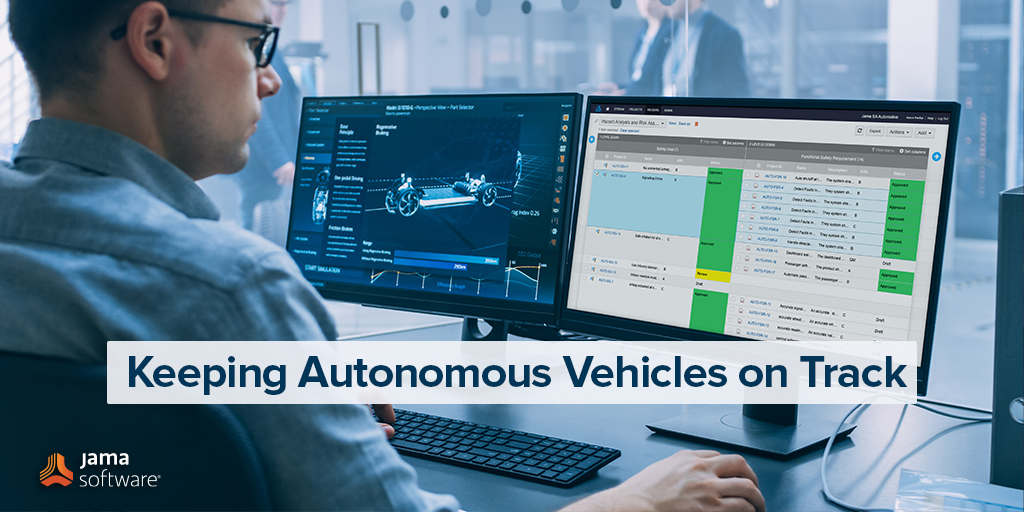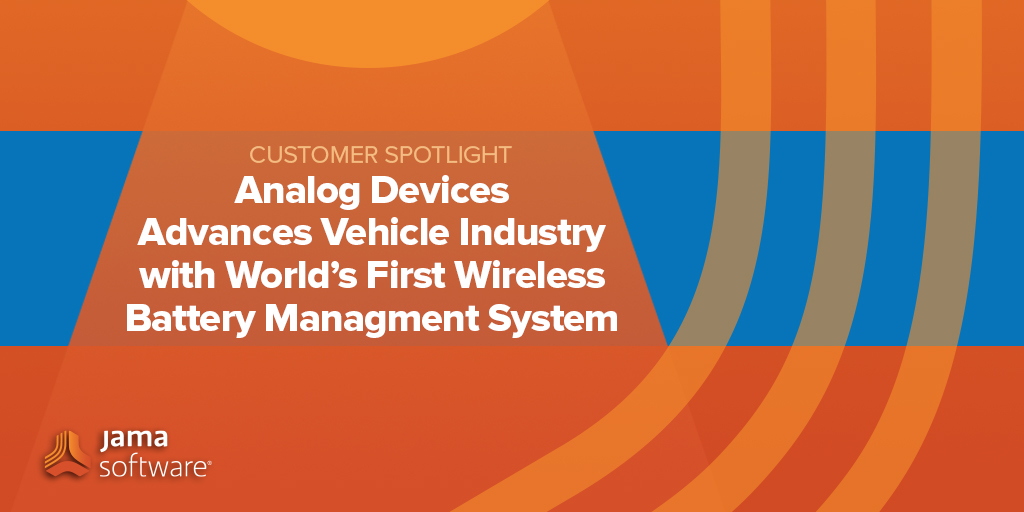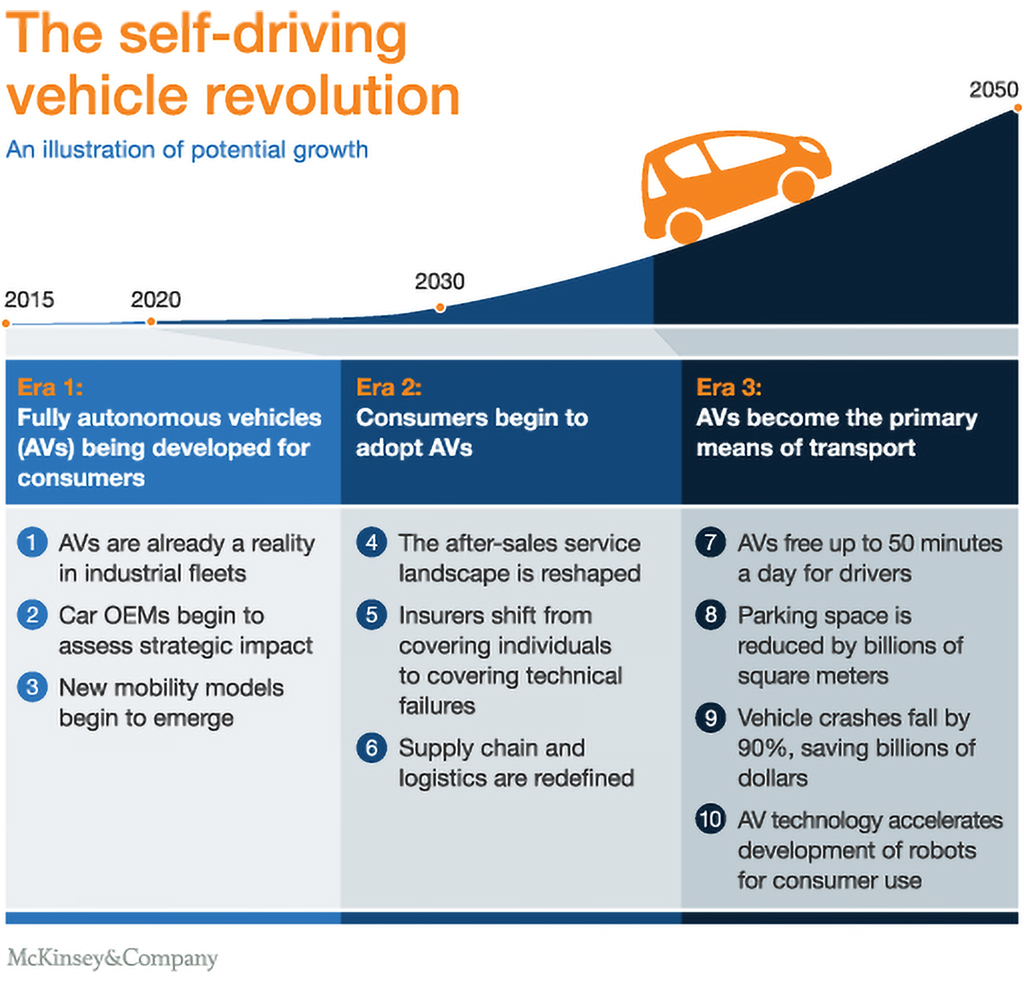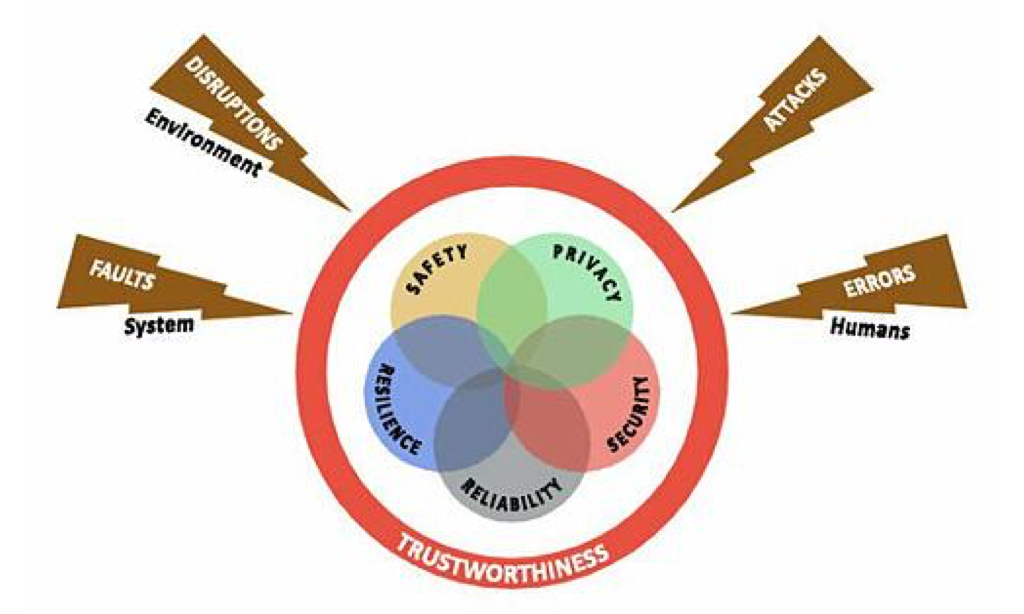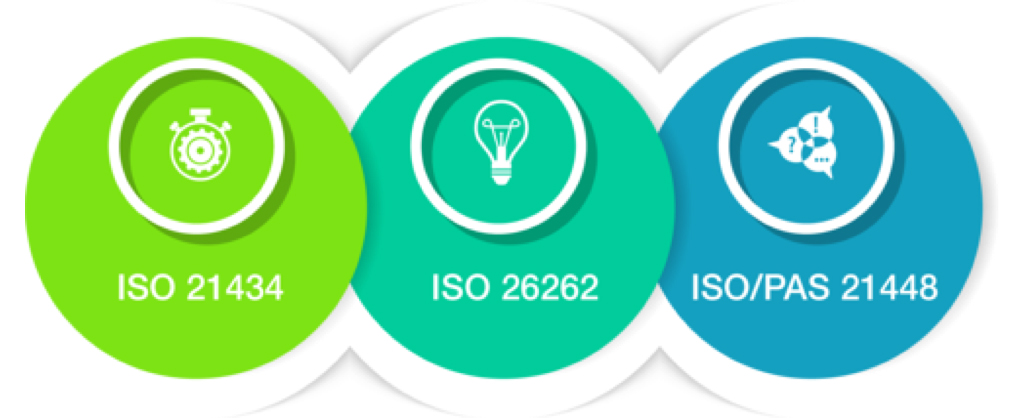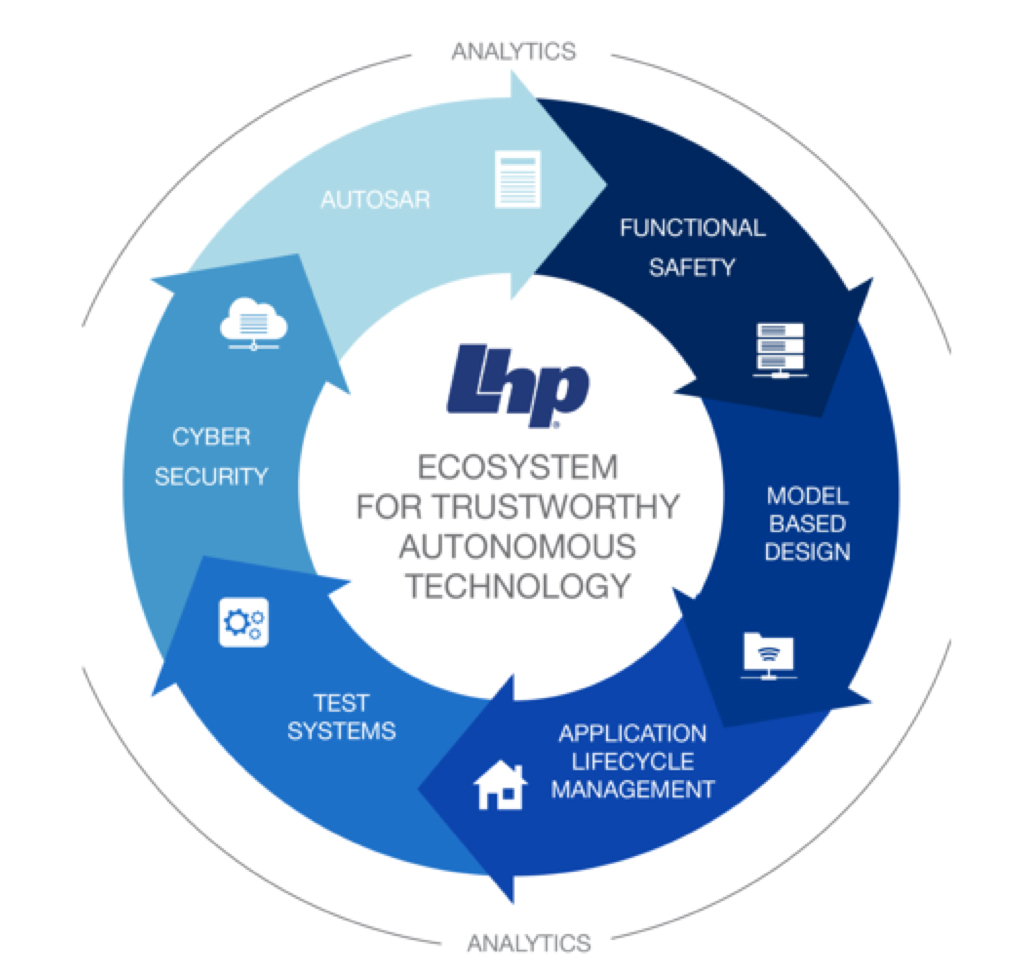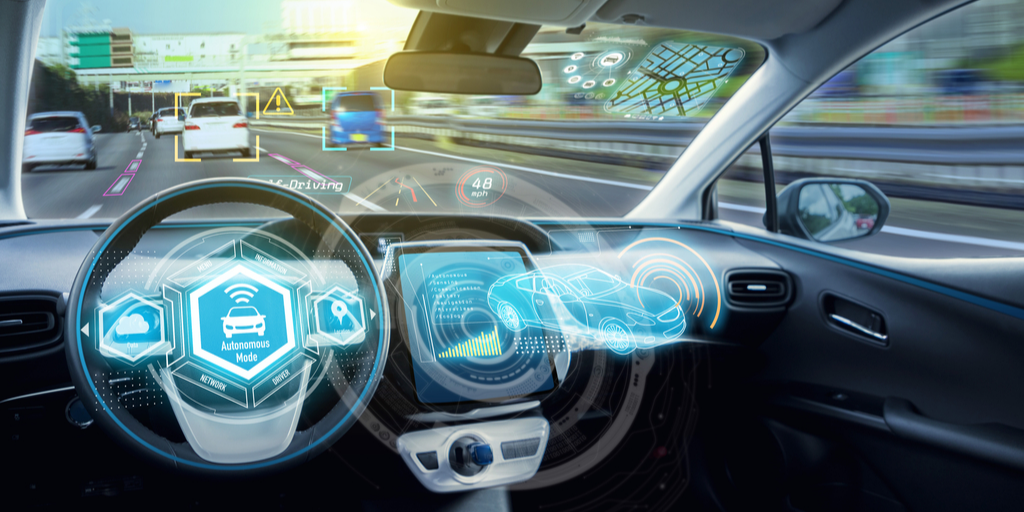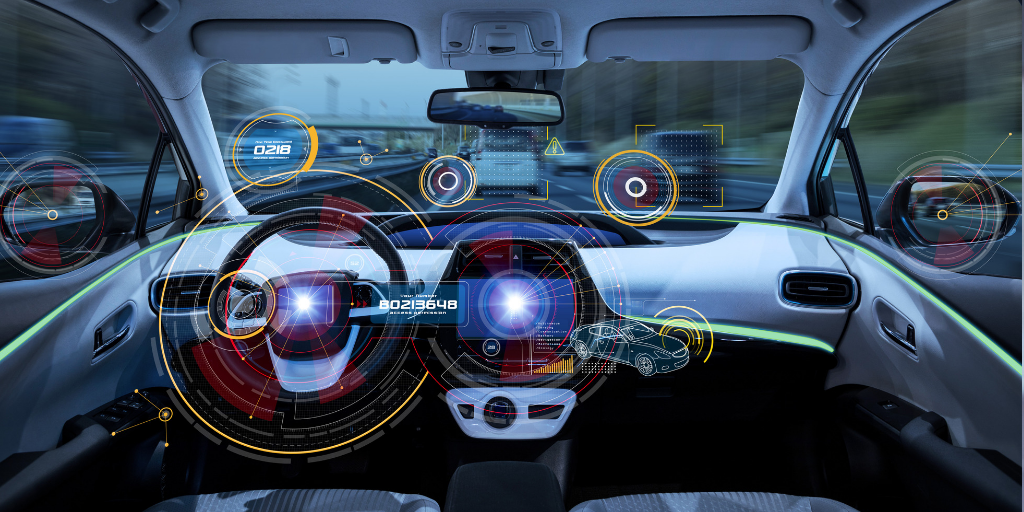2022 Automotive Predictions
In many ways, 2021 was a continuation of the changes brought about in 2020, a year that’s been described as “unprecedented” and “unparalleled.” In a unique way, 2021 has offered us an idea of evolving innovations and technology on the horizon for teams across industries. These changing conditions will present a variety of new landscapes and will offer unique challenges, opportunities, and more than likely, many surprises.
As we enter a new year of further changes, Jama Software asked select thought leaders – both internal and external – across various industries for the trends and events they foresee unfolding over the next year and beyond.
In the third part of our five-part series, we ask Adrian Rolufs, Director of Solutions Architecture from Jama Software, to weigh in on product and systems development trends he’s anticipating for automotive development in 2022.
Read our other 2022 Industry Predictions here: Part One – Engineering Predictions, Part Two – Medical Device Predictions, Part Four – Aerospace & Defense Predictions, and Part Five – Insurance Development Market Predictions.
Q: What product, systems, and software development trends are you expecting to take shape in 2022?
Adrian Rolufs, Jama Software:
2022 will continue much like 2021. Many established automotive companies are in the process of modernizing their development processes and tool chains. These companies are looking to adopt Agile principles to allow them to execute faster and adopt modern tools that better support their new process. Many of the startups established in the last couple of years are maturing and discovering a need to add more robust processes to ensure that as they bring products to market, they maintain compliance with the safety and quality standards in automotive.
Due to the global chip shortages in 2021 that had a huge impact on automotive OEMs, we’ll continue to see a focus on ensuring that there is a sufficient supply of automotive grade chips.
Q: In terms of product and systems development, what do you think will remain the same over the next decade? What will change?
Adrian Rolufs, Jama Software:
Over the next decade, I expect that automotive systems development will continue to place an emphasis on software defined features. OEMs will continue to heavily invest in their software development capabilities and an ongoing focus will be placed on quickly delivering new software features while maintaining quality.
A major change that I see coming is a wider adoption of vehicle variation through software differences rather than hardware differences. Tesla has already led with this approach, but I expect to see more manufacturers ship vehicles with a minimum variety of hardware, and options provided through software configuration instead.
RELATED READING: Safety As A Competitive Advantage
Q: How do you foresee regulations shifting in Automotive Product and Systems Development over the next decade?
Adrian Rolufs, Jama Software:
The current big shifts will continue over the next few years. An increased focus on cybersecurity is already happening and will be a major factor for automotive companies to adapt to over the next few years. With over-the-air updates quickly becoming a mainstream feature of new vehicles, a huge focus must be placed on ensuring safety and regulatory compliance as updates are rolled out.
Autonomy is an area where new standards have been recently developed, like UL 4600. I expect to see significantly more regulations around autonomy in the next decade to create a framework for bringing fully autonomous vehicles to market.
Q: Any major disruptions to Automotive Product and Systems Development industry you’re anticipating in 2022?
Adrian Rolufs, Jama Software:
New electric vehicle manufacturers like Rivian and Lucid are starting initial production now and are planning to ramp up production in 2022. If they are successful, this will put additional pressure on established OEMs to execute on their own electric vehicle programs even faster than they already are. This will likely have a cascading effect felt across the industry.
RELATED POST: Automotive Engineering and Management Methods for Modern Vehicle Development
Q: What sorts of process adjustments do you think development teams will need to make to be successful in 2022?
Adrian Rolufs, Jama Software:
With the new focus on allowing for remote work, the traditional dependency on tribal knowledge and the heroic efforts of individuals will not be enough for companies to be successful. Product development knowledge has to be captured in systems and kept up to date so that remote workers can still be productive. This will continue to push for more modern tooling and increased enforcement that is used correctly. Capturing accurate requirements, establishing traceability, and being able to keep track of it all in a highly iterative fashion will be critical to ensuring success.
Q: What do you think will be some of the differentiators between a company surviving to see 2030, and those that do not?
Adrian Rolufs, Jama Software:
The established companies that survive to see 2030 will be those that adopt modern development practices fast enough to stay competitive and continue to stay relevant in the market.
For the startups, the biggest challenge is maintaining strong enough financial backing to make it to mass production of their product. Many of the existing startups will be acquired or closed before their products ever make it to the market. Those that succeed will have balanced the needs of fast time to market with robust product development processes that ensure quality.
Q: Where do you see Jama Software fitting in as the product development landscape evolves, and what can our customers expect as 2022 approaches?
Adrian Rolufs, Jama Software:
Jama Software will continue to provide the most useable requirements management, test management, and traceability solution on the market. Jama Software will provide solutions to the companies that are striking a good balance between quality and fast execution.
Thanks for tuning into our 2022 Predictions Series! To see some of the incredible products, software, and systems our customers are building with Jama Connect, visit our customer stories page.
READ MORE

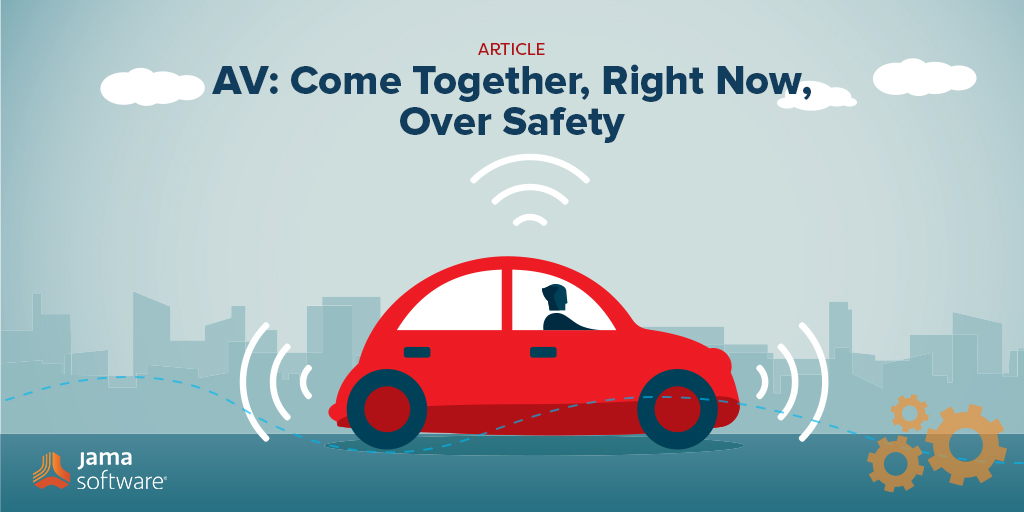
 Fast forward to 2020. The go-it-alone, my-way-or-the-highway approach is driving on fumes. In contrast to a few years ago, leading automotive OEMs, Tier Ones and tech suppliers including chip vendors are more engaged in forming industry-wide coalitions to develop AV standards that have safety considerations at their core.
Fast forward to 2020. The go-it-alone, my-way-or-the-highway approach is driving on fumes. In contrast to a few years ago, leading automotive OEMs, Tier Ones and tech suppliers including chip vendors are more engaged in forming industry-wide coalitions to develop AV standards that have safety considerations at their core.





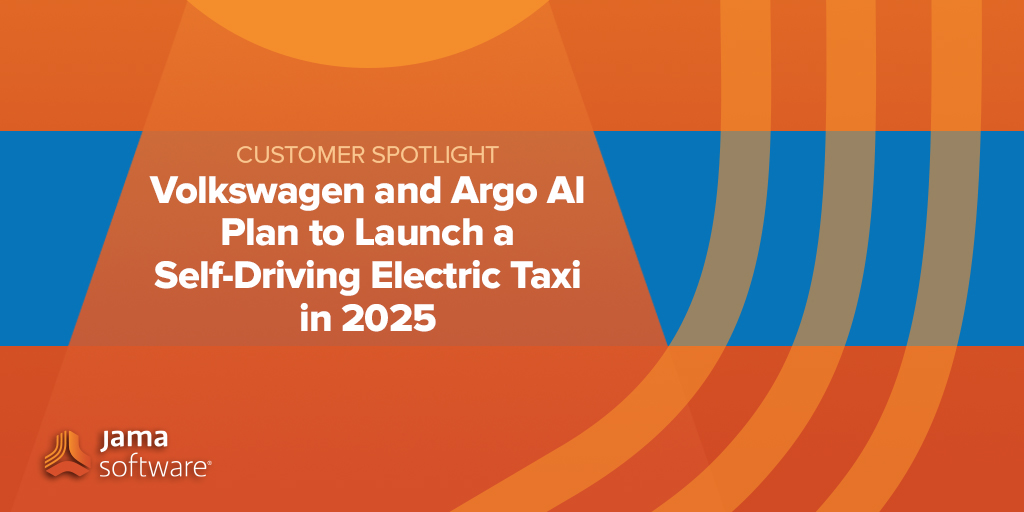 Editors Note: 2020 was a year we’ll never forget and 2021 is shaping up to follow suit. But amidst a sea of setbacks, companies across the globe continue to rise to the challenge and push forward with innovative product development. Teams who have the right tools and processes in place especially across distributed teams are able to improve collaboration and speed the time it takes to deliver new, innovative products.
Editors Note: 2020 was a year we’ll never forget and 2021 is shaping up to follow suit. But amidst a sea of setbacks, companies across the globe continue to rise to the challenge and push forward with innovative product development. Teams who have the right tools and processes in place especially across distributed teams are able to improve collaboration and speed the time it takes to deliver new, innovative products.